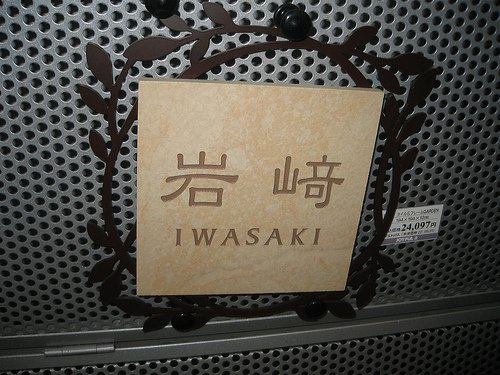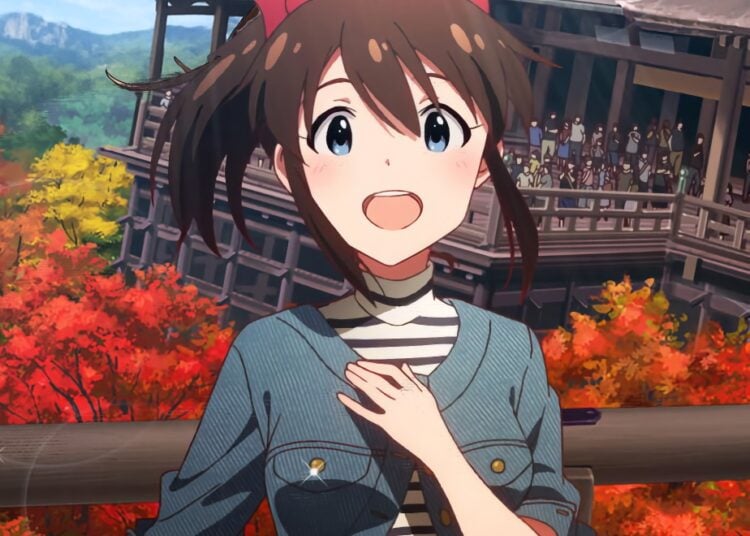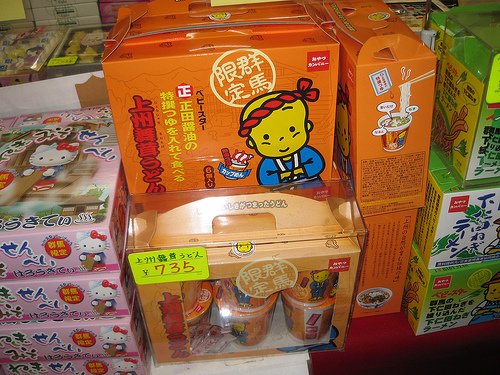One debate going on in Japan right now is what role patriotism should play in society. Currently, Japanese are perhaps the least patriotic people on the planet, with 47% of respondents answering that they didn’t feel any particular sense of pride in, or love for, their country. This is something the government wants to change, but it’s a sticky wicket, since an overabundance of patriotism coupled with a runaway desire to emulate Great Britain is what lead to the country running roughshod over its Asian neighbors seven decades ago. I caught an interesting TV show on this topic hosted by Japanese director Beat Takeshi, which featured Japanese-bilingual foreigners from a dozen countries including Korea, China, the U.S., Canada and Europe, who explained their own views on what patriotism meant to them. The show compared “patriotic” education in each country, including the lengthy steps countries like Korea and China take to produce loyal citizens who love their countries (including museums dedicated to Japanese attrocities). All nations do this to some extent, of course — think of George Washington cutting down a cherry tree or throwing a silver dollar across the Potomac, for example — but Japan has almost no mechanisms in place to make its people feel a reasonable sense of love-of-country, no Pledge of Allegiance. The Japanese flag and Japanese national anthem were only given official status by the Diet in 2000, and the national anthem isn’t played regularly at sporting events like baseball and sumo wrestling, only at major events like the end of a championship or the last day of a sumo basho. I wonder what Japan can do to make its citizens feel more patriotic?
When you become bilingual in a language, you learn a lot about how your own brain works. Every act of learning involves a physical change in your brain, the creation of a new synaptic bridge from one cell to another, and sometimes it seems you can feel this at work in your head. The “mystery of translation” is also fascinating: the act of moving from one language to another takes place deep inside your brain, on a level below your conscious thoughts, almost like a background process in a computer. When I’m translating something from English into Japanese, I mentally place the phrase into my internal “translation buffer,” wait half a second for the processing to complete, and then retrieve the result, without really being aware of how it’s actually accomplished. The act of translation is actually quite separate from being able to speak a language, and really must be developed in tandem with general language skills. My daughter is quite fluent in both English and Japanese, and the other day I thought it’d be fun to ask her to translate some of the sentences from the book we’re reading, Lemony Snicket’s A Series of Unfortunate Events. Although she understood the English sentences I read to her, she was unable to render them in Japanese — it wasn’t a skill she’d ever had to develop in her nine years on the planet.
One reason I like the PC dating-sim games that we sell is that they offer an alternate window into Japan’s culture that can’t be experienced any other way, since the games are quite long and involved and are interactive — you’re in control of the story. In the soon-to-be-released Doushin – Same Heart, there’s an amusing scene in which Cham, a girl from Thailand, comes over to see Maki, the middle of the three Suruga sisters. Ryoko, the youngest sister, is totally shocked to see a “gaijin” at the door, and tries to speak broken English to her despite the fact that Cham is speaking Japanese — something that happens quite a lot here. One of our favorite restaurants in our city is La Bodeguita, great ethnic place run by Peruvians of Japanese descent, and the spit-roasted chicken they serve is to die for. We like to go for the international atmosphere, to enjoy beers from South America and eat food that’s very different from what’s normally eaten in Japan. Although the restaurant is popular with our city’s foreign population, we seldom see Japanese people eating there, and whenever we invite Japanese friends to go with us, they’re invariably nervous about trying anything as exotic as Peruvian cuisine. This timidness on the part of Japanese people to take life by the horns and try new things is captured in another scene, also in Doushin, in which one character is inviting another to eat ethnic food, but the person is nervous to try it. It’s fun to see what interesting cultural elements you can find even in Japan’s bishoujo games.
J-List strives to show you a new side of Japan every day — if we didn’t, we wouldn’t be J-List! We stock some cool DVDs that help you learn about the country and its language and people. If you’ve ever wanted to visit the country but didn’t have the opportunity, why not check out Seven Days in Japan, a documentary about one man who realized his dream of coming to Japan. Or if you’d like to learn some fun Japanese phrases (including “how to be annoying in Japanese” and “Date with Keiko” episodes), we recommend the Best of YesJapan, a 4 hour DVD of fun topics related to Japanese that’s very approachable for people with no Japanese skills at all.
















